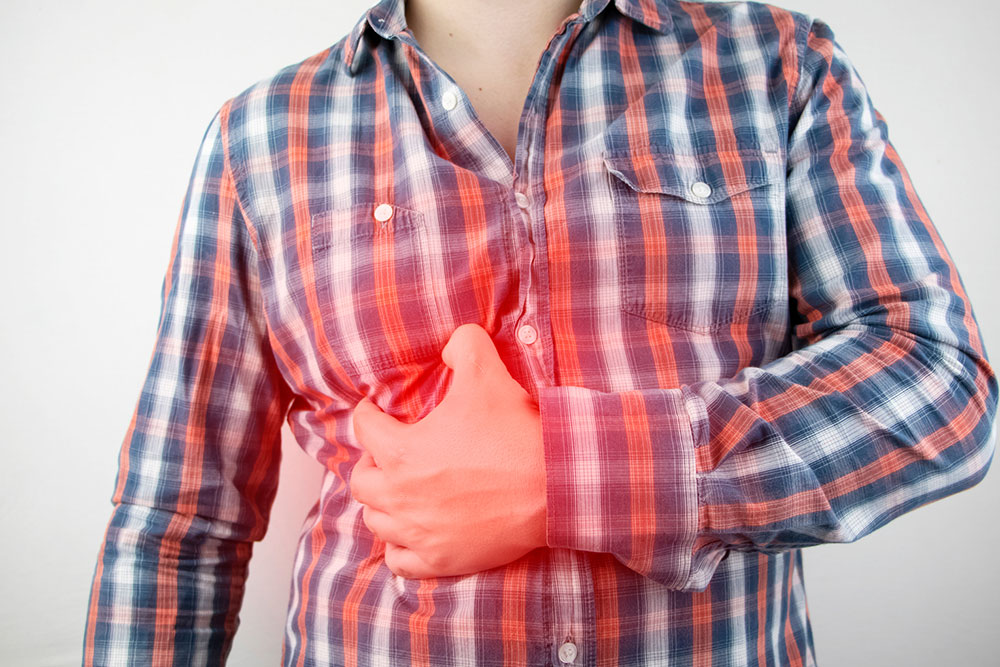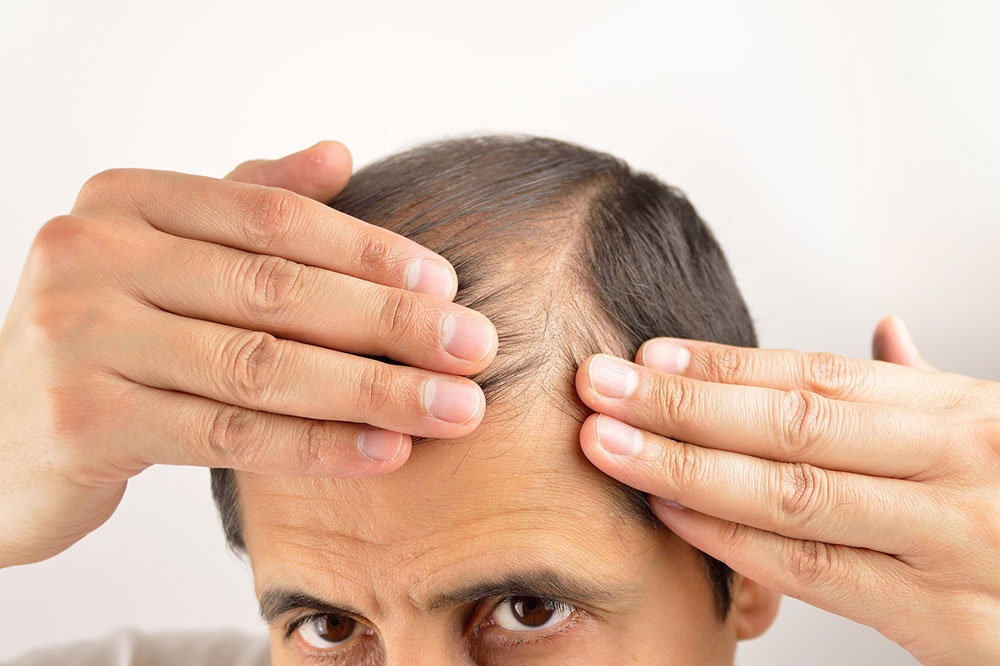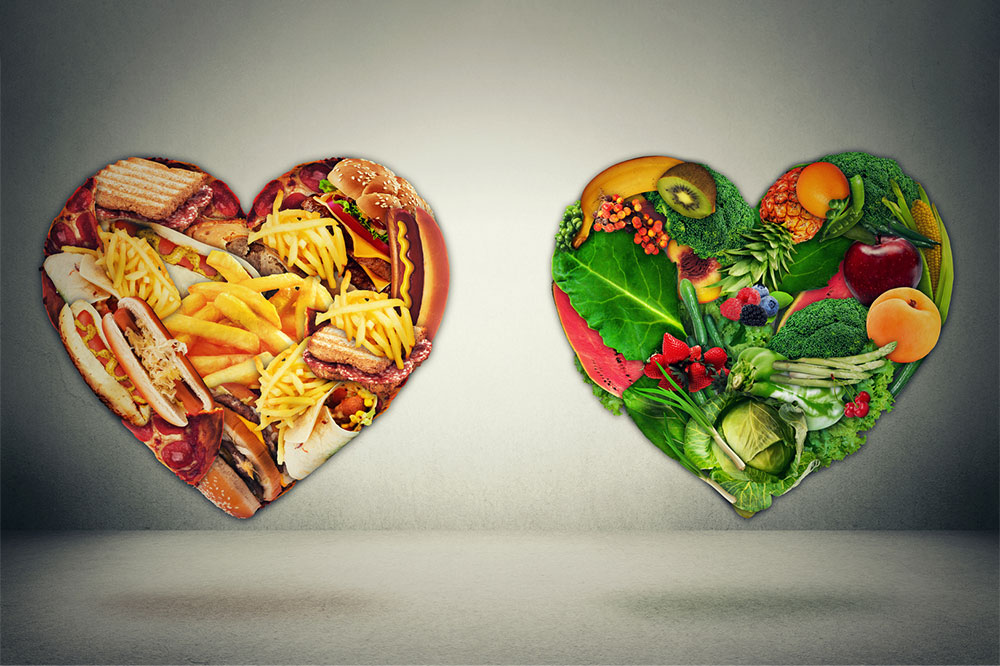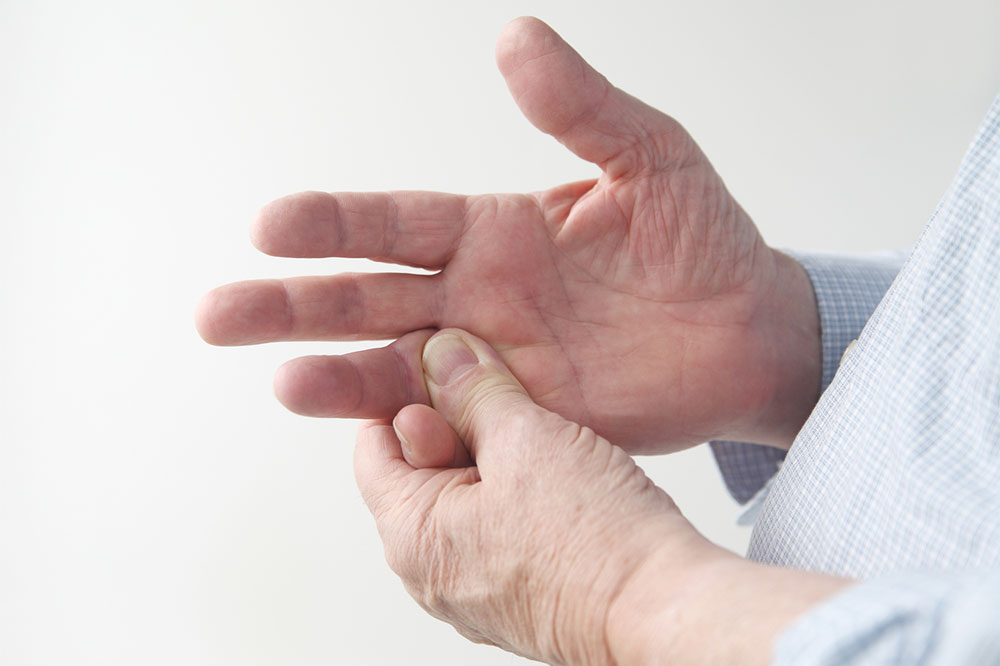7 signs of bladder damage caused by prostate cancer

Prostate cancer is a prevalent form of cancer among men. While prostate cancer treatment options focus on managing the primary tumor and its metastases, it is crucial to be aware of potential complications, such as bladder damage. Recognizing the signs of bladder damage is essential for timely intervention and an improved quality of life. Here are seven signs of bladder damage that are caused by prostate cancer:
- Urinary incontinence
Urinary incontinence is one of the most common signs of bladder damage associated with prostate cancer. The prostate gland is situated just beneath the bladder, and when cancerous growth occurs, it can press against or invade the bladder. This can weaken the muscles that control urinary function, leading to involuntary urine leakage. Patients may experience different degrees of urinary incontinence, ranging from occasional dribbling to severe loss of bladder control. - Frequent urination
Another sign of bladder damage linked to prostate cancer is frequent urination. As the prostate tumor grows, it can obstruct the urethra, leading to an increased sensation of urgency and a need to empty the bladder more frequently. Those with prostate cancer may wake up multiple times at night to urinate, disrupting their sleep patterns. - Blood in urine (hematuria)
Hematuria, or blood in the urine, is a concerning sign that can indicate bladder damage in prostate cancer patients. As the tumor grows and invades the surrounding tissue, it may damage blood vessels or cause bleeding within the bladder. This can lead to blood in the urine, which may be visible as a red or pink discoloration. A healthcare professional should always evaluate hematuria, which can indicate other medical conditions. - Pain or discomfort during urination
Prostate cancer can cause discomfort or pain during urination, known as dysuria. This discomfort may arise due to inflammation, infection, or irritation of the bladder or urethra caused by the cancerous growth. Patients might describe a burning sensation, pressure, or a feeling of fullness in the lower abdomen while urinating. Any persistent urinary discomfort should prompt a medical evaluation to determine its underlying cause. - Difficulty initiating urination
Bladder damage from prostate cancer can also lead to difficulty initiating urination. This symptom, known as urinary hesitancy, occurs when the enlarged prostate obstructs urine flow through the urethra. Patients with this condition may find that they need to strain or push harder to start urinating, and the stream may be weak or intermittent. Urinary hesitancy can be frustrating and uncomfortable, and it often serves as an early indicator of prostate issues. - Pelvic pain or pressure
As the tumor grows and affects nearby structures, it may exert pressure on the bladder, pelvic region, or surrounding nerves. This can result in persistent discomfort or a dull ache in the groin, lower abdomen, or lower back. Such pain should not be ignored, as it may signify advanced disease and the need for prompt medical attention. - Changes in the urine stream
Individuals may notice alterations in their urine stream’s force, direction, or consistency. A common change is a weakened or diminished stream due to urethral obstruction from the growing tumor. Additionally, prostate cancer can cause intermittency in the stream, where urination starts and stops abruptly. These changes may be subtle but should not be overlooked, as they can be early signs of prostate cancer-related bladder complications.







